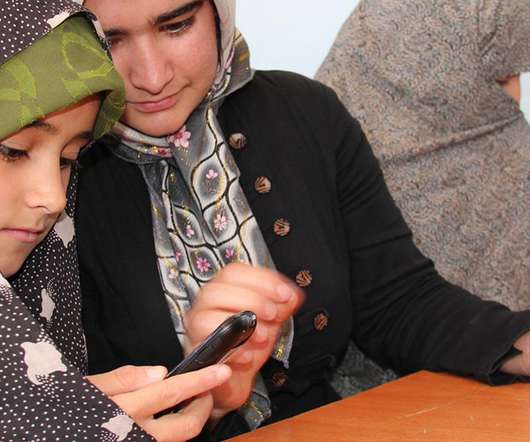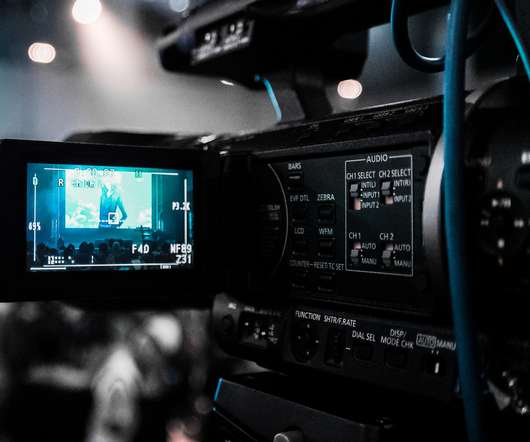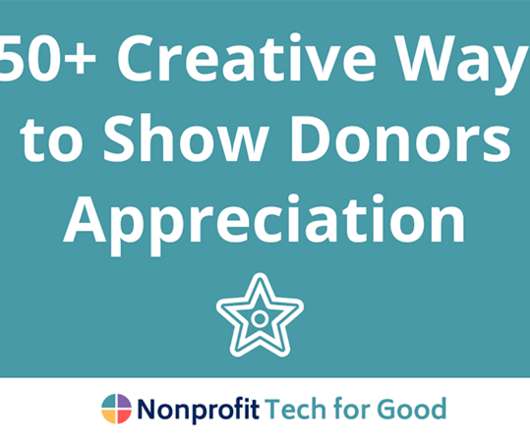How To Turn Your Smartphone Into A Movie Production Studio In 6 Easy Steps
Global Giving
APRIL 28, 2016
This may sound hard, but a clear, concise, key message is vital to creating a successful video. Use the first column for imagery and the second column for audio. A video treatment app like Cinema FV5 or Movie Looks (to add color treatments to your video, if so desired). iMovie (for assembling all the pieces into a movie.


















Let's personalize your content